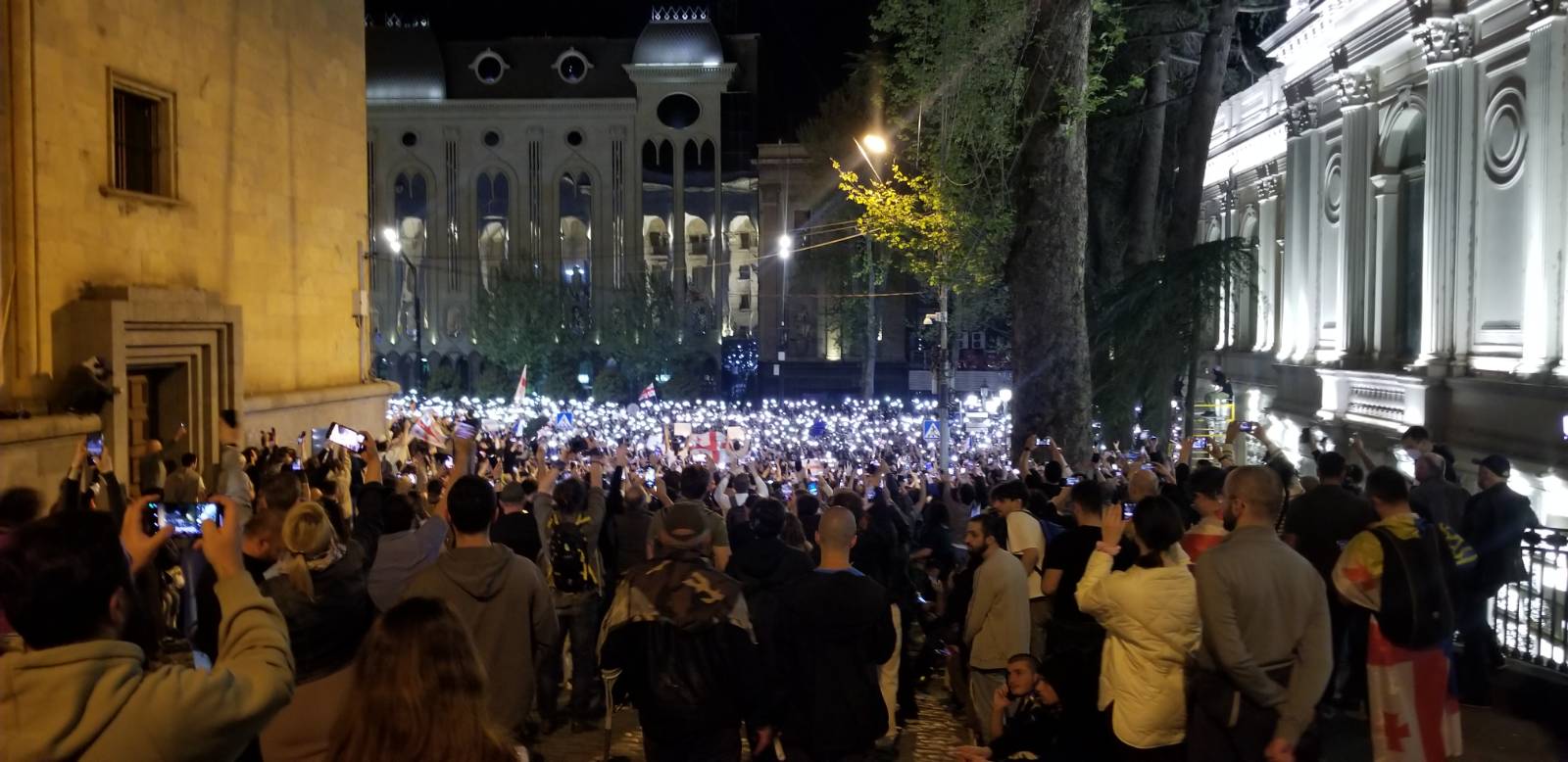Read Part 1 and Part 2 of this series.
The circled A is a symbol so widespread, so widely recognized and disseminated that it has come to be taken as a traditional symbol of anarchism, seeming to have existed forever. Some rumours trace its origin back to the Spanish Revolution: young anarchists are more accustomed to seeing a circled A than the clearly discernible target painted on a militiaman’s helmet as seen in a photo with Durruti. Some believe it refers to Proudhon, encapsulating his idea of Anarchy in Order. In fact, it is a recent phenomenon in libertarian iconography: the circled A was invented in Paris in 1964 and reinvented in Milan in 1966. Two dates, two birthplaces? Let’s take a closer look.
It was in April 1964, on the cover of the Jeunes Libertaires bulletin, that the Groupe JL de Paris drew the symbol it was proposing “to the whole anarchist movement” across the different currents, groups, and organisations. “It stems from two primary motivations. Firstly, it aims to streamline and expedite the creation of wall inscriptions and posters, and secondly, to enhance the visibility of the anarchist movement within society by incorporating a common element shared across all anarchist expressions in the public sphere. Specifically, our objective was to minimize the time required for creating wall inscriptions by avoiding the need for lengthy signatures beneath our slogans while also selecting a symbol broad enough to be embraced and utilized by all anarchists. We believe the proposed symbol best fulfils these criteria. By consistently pairing it with the term “anarchist,” it will trigger associations with anarchism in people’s minds”.
The 1964 JL proposal had no success, except for some graffiti in the corridors of the Paris metro – let’s not forget that at that time, leaflets and newspapers were printed either on stencils (a fragile medium) or in conventional letterpress, so a lead plate showing an A in a circle would have been necessary. In December of the same year, the circled A appeared in the title of an article by Tomás [Ibañez] in the newspaper Action Libertaire. The Jeunes Libertaires network, which in the early sixties included several groups throughout France, had weakened: regional bulletins no longer appeared, and the Paris bulletin was inactive from 1965 to 1967. However, several “JL” would later be at the forefront of the May ’68 movement. End of the first chapter.

The proposed symbol is a capital A inscribed in a circle; Tomás Ibañez (pictured) is the initiator, and René Darras is the designer. Where did the idea come from? From the simplicity of the design, from the already widespread anti-nuclear sign of the CND (Campaign for Nuclear Disarmament), or from other inspirations?
The Alliance Ouvrière Anarchiste (Anarchists Workers Alliance) claims to have used it in its correspondence from the late 1950s, thus marking its initials AOA, but it did not appear in its bulletin L’Anarchie until June 1968.
It wasn’t until 1966 that the circled A symbol was used experimentally, and then, in 1968, it was used regularly by the Gioventù libertaria of Milan, which maintained fraternal relations with the young Parisians. These two groups formed the European Liaison Committee of Young Anarchists (CLJA). It was then that the public life of the symbol began.
The first time we saw it was in Milan, where it was used as the usual signature on leaflets and posters of young anarchists, sometimes in association with the anti-nuclear symbol and the apple of the Dutch Provos. It spread throughout Italy and then worldwide, but hardly any circled A was seen during the Paris May of 1968, with the first traces appearing only in 1972-73. During those years, the popularity of the circled A exploded and was appropriated and imitated by young anarchists worldwide. It was so successful that if its inventor had patented it, he’d be a billionaire today…
Why this rapid and striking success? Basically, it was due to the same reasons for which the JL proposed the symbol: firstly, it’s extremely easy to draw, as simple as a cross or a star, simpler than the swastika or the sickle and hammer. Secondly, a new, young movement, in full development, had learned to write on walls and was seeking a recognizable symbol.
That is how the circled A came to be adopted, without any organisation or group ever thinking to decree its use and in the absence of any other international graphic symbol for anarchists (who sometimes used outdated symbols, like the torch in Italy).
So that’s the true story of the circled A, made of conscious will and spontaneity: a typically libertarian cocktail. Any other story is merely legend.
~ Amedeo Bertolo, Marianne Enckell
The documentation used in this series of texts is deposited at CSL-Archivio Pinelli (Milan) and CIRA (Lausanne). A first version of this article was published in 2001 in Bollettino Archivio Pinelli (via Rovetta 27, 20 170 Milano). This version appeard in 2002 in the CIRA bulletin no.58.








